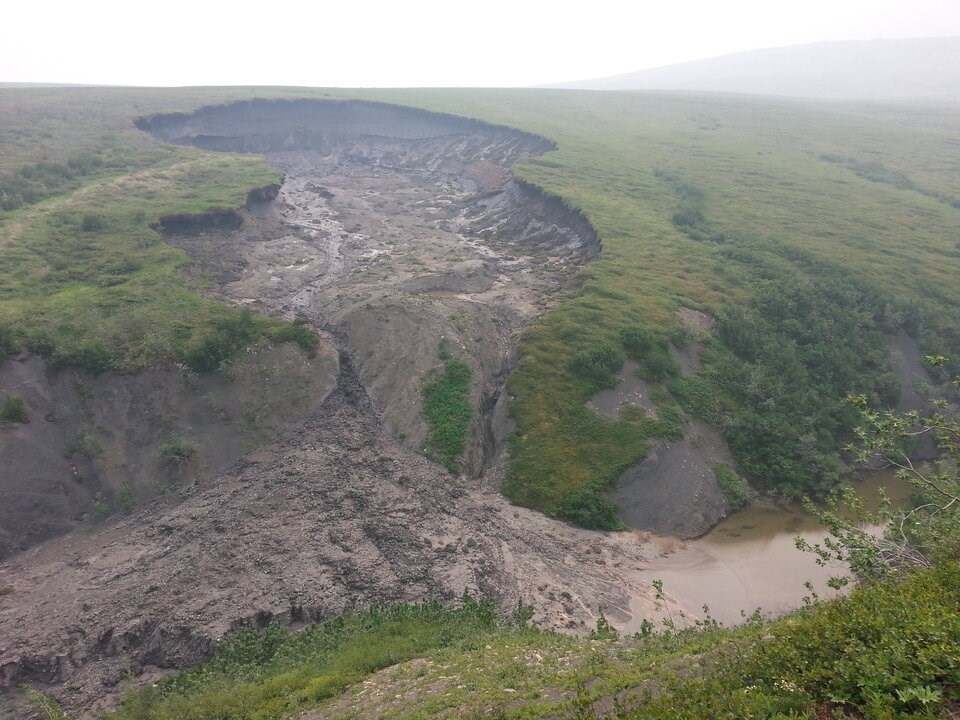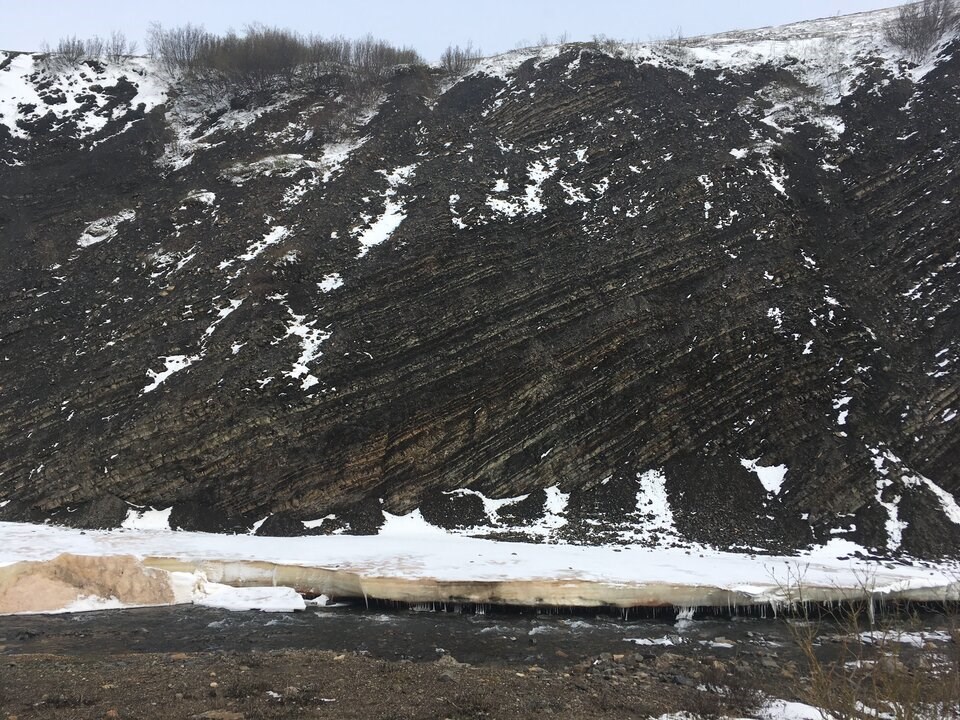Canadian Arctic rocks are expected to weather faster in a warming climate, creating a positive feedback loop that would likely double their output as a source of greenhouse emissions, a new study has found.
The research, published this week in the journal Science Advances, examined how the erosion of sulphide minerals in sedimentary rocks releases carbon dioxide into the atmosphere.
“We have this second possible amplification to climate change,” Suzanne Tank, an associate professor of biogeochemistry at the University of Alberta, said.
“This is a process we don’t want to ignore. It’s substantial.”
When sulphide minerals in the form of pyrite, or fool’s gold, come in contact with oxygen in the atmosphere, it creates a sulphuric acid which, in turn, reacts with other minerals to release carbon dioxide. Higher temperatures speed up that reaction.
In the Arctic, temperatures are climbing almost four times faster than the global average. That both speeds up the release of planet-warming gases and melts permafrost, further exposing more rocks to weathering, the study notes.
A co-author on the study, Tank said her team from Oxford University and the Aurora Research Institute in Inuvik, N.W.T., was able to observe those reactions by analyzing river water.
“These reactions happen very quickly,” she said. “Water holds a fingerprint.”

The scientists leaned on 60 years of federal water quality data at 23 catchment sites across the Mackenzie River basin, Canada’s largest river network.
“It drains 20 per cent of Canada. It’s one of the large rivers that drains into the Arctic Ocean,” said Tank when asked why they chose the Mackenzie.
Between 1960 and 2020, the researchers found sulphide weathering spiked 45 per cent at a time temperatures increased 2.3 degrees Celsius.
Assuming a moderate climate warming scenario into the future, weathering across the river system could lead to the release of about three megatonnes of carbon dioxide per year by 2100, they calculated.
That’s double today’s estimated output, and half the 5.8 megatons of emissions Canada’s domestic aviation sector released in 2021.
“The big thing is the north is changing very fast. In a sense, it’s a canary in the coal mine for changing global processes,” Tank said. “The more we look, the more we find facets for change.”
The chemical reactions were fastest in mountainous areas where exposed rock was regularly subjected to frost cracking — a process where water seeps into rock pores, freezes, and as it expands into ice, pries open cracks and fissures.
In lowland regions, peat cover tended to shield rock from reacting with the atmosphere. Meanwhile, the collapse of landscapes due to melting permafrost tended to expose more minerals to the weathering process.
Tank said interventions to protect permafrost currently occur at the community level — to ensure a road remains in operation or buildings won't sink into the ground. Protecting whole northern landscapes is a much larger proposition.
“We can’t do an engineering solution at this scale,” Tank said. “The only way to protect the Mackenzie River Basin is to not have climate change.”





